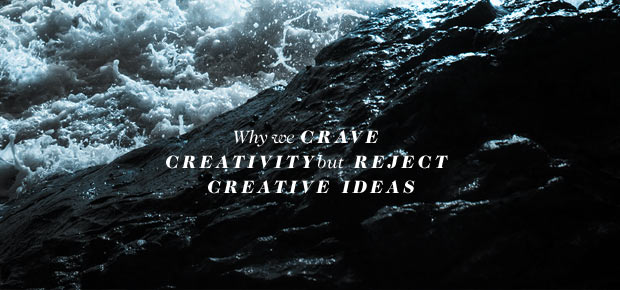As someone who makes a living out of pitching creative ideas, I read this article on the paradox of creative ideas with keen interest. People fear creative ideas. A good, creative idea is unsettling, and feels risky, even though it may not be at all. This dislike of creative ideas is so consistent, that I got really good at predicting which concept out of two or three a client would like best during a pitch. It’s always the least creative one. And every time the “safe” idea lost out to the better, more creative concept, it was a letdown.
This article on Science Daily is a great read that gets into why this happens. The real meat of the article is the summary of the studies’ findings:
Creative ideas are by definition novel, and novelty can trigger feelings of uncertainty that make most people uncomfortable.
People dismiss creative ideas in favor of ideas that are purely practical — tried and true.
Objective evidence shoring up the validity of a creative proposal does not motivate people to accept it.
Anti-creativity bias is so subtle that people are unaware of it, which can interfere with their ability to recognize a creative idea.
Clever creatives, however, can always reframe their daring concepts as the safe choice. Seth Godin has been preaching since at least 2002 that Safe is Risky.

